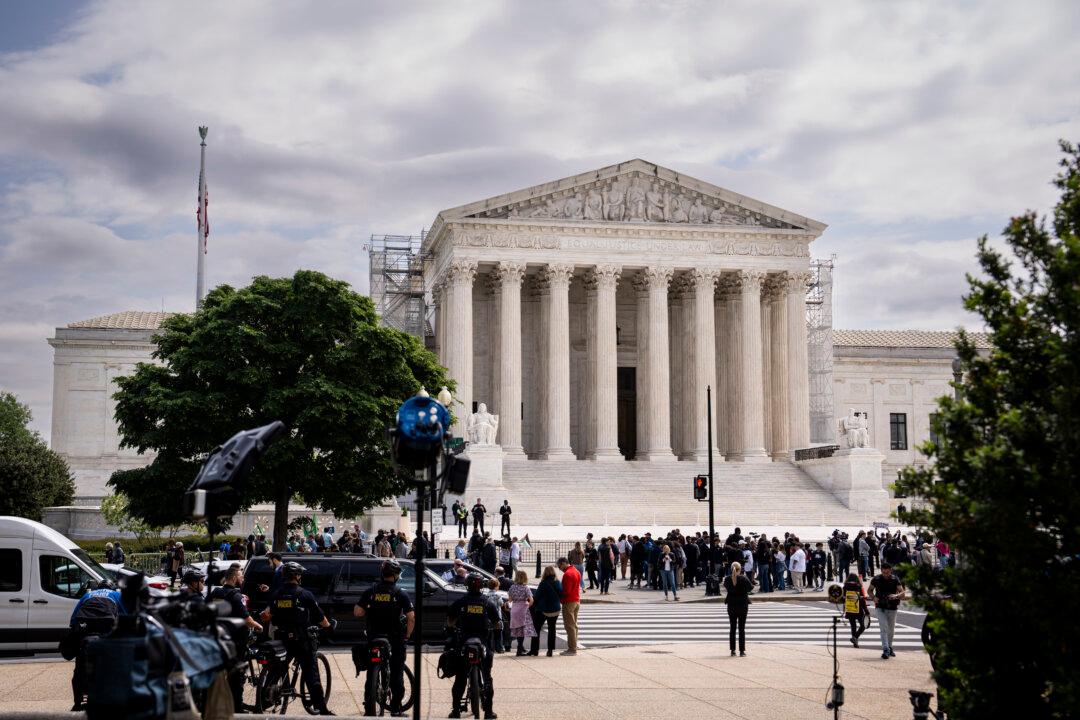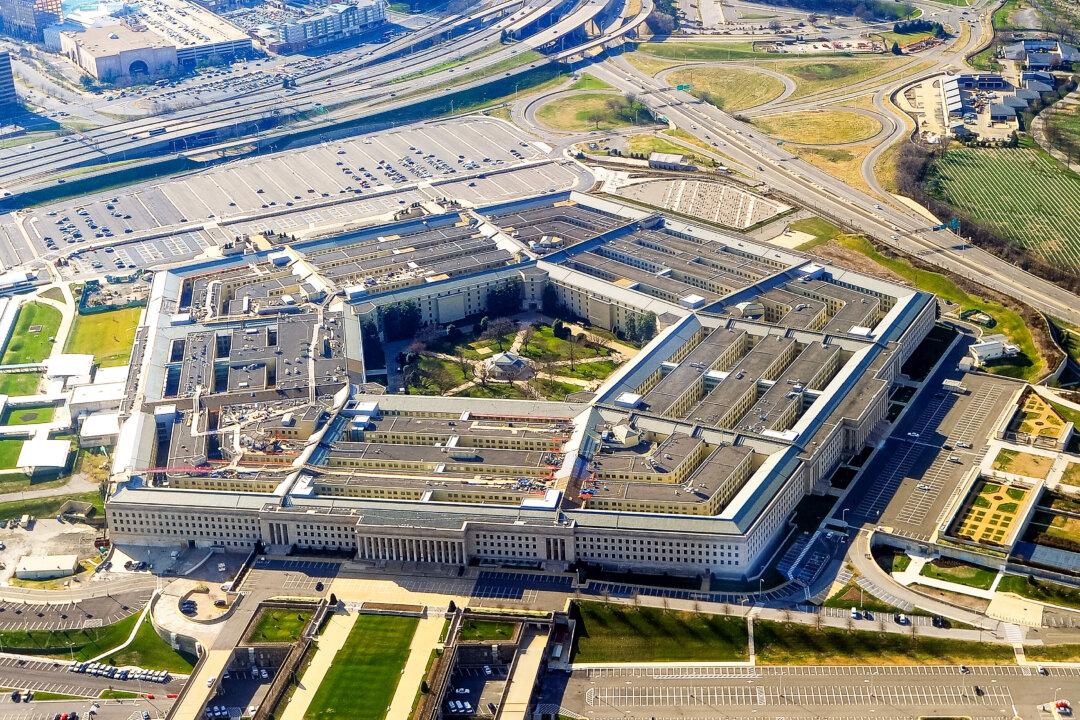As overdose deaths in the United States soar to new highs, authorities are seizing “unprecedented levels” of methamphetamine and fentanyl at the country’s southern border, according to a Drug Enforcement Administration (DEA) official.
Richard Sanchez, assistant special agent in charge of the DEA in McAllen, Texas, told The Epoch Times that seizures in his area have increased over the past three years. Within his division, seizures of fentanyl, a synthetic opioid 100 times more potent than morphine, have increased more than 200 percent since 2019.




